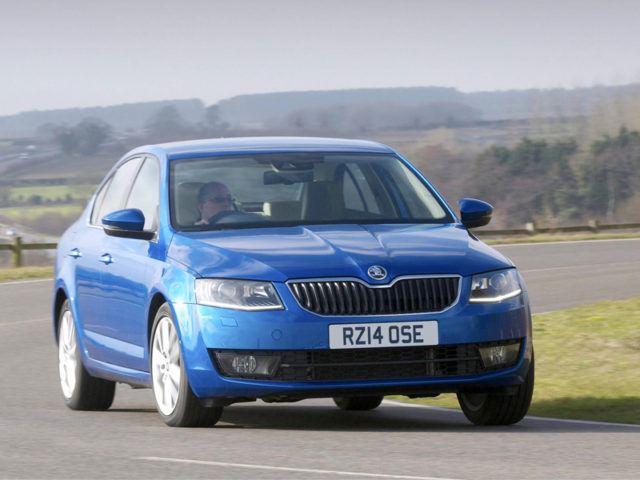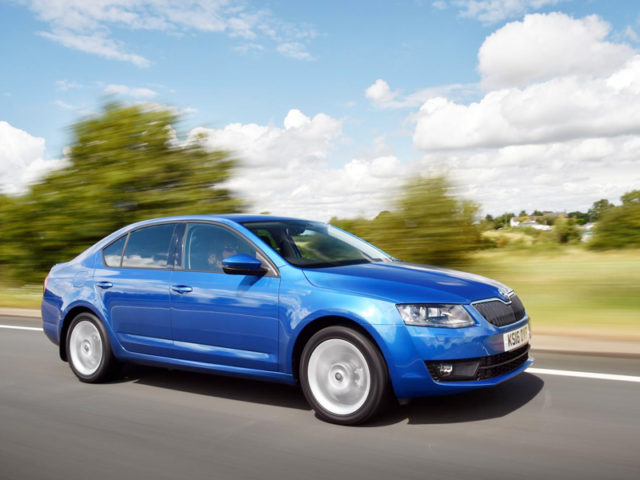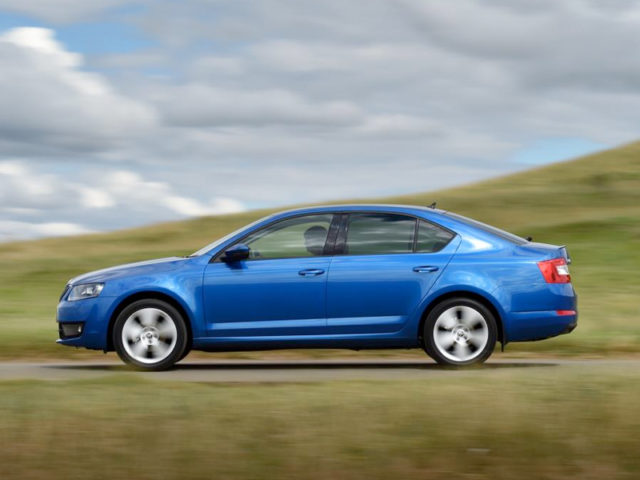Road Test: Skoda Octavia
Sharper styling and upgraded technology keep the Octavia a cut above, says Alex Grant.
SECTOR Lower Medium PRICE €19,000-€35,000 FUEL 4.7-6.8l/100km CO2 106-158g/kmThe Octavia might not have been Skoda’s first launch under Volkswagen Group ownership, but it’s been transformative for the brand. Based on Golf mechanical parts and with the material quality to match, its high value, functionality and durability has found it more than five million homes in 100 countries since 1996. And it’s still setting touch standards for the competition.
In part, that’s because it straddles two key fleet segments. The Octavia is larger than a Golf, but smaller than a Passat, on an unusually long wheelbase for what’s technically a C-segment car. In turn, it’s enabled Skoda to compete with class-above interior and load space, at class-below prices – it’s very difficult to argue with for businesses with a job need.
Mid-life updates speak volumes about weaker points of the launch cars, and the Octavia hasn’t had to evolve much to remain competitive. For the most part, it’s a visual upgrade – quad-lamp headlights which flow into a wider grille, and LED light units at the back mean it’s become a more distinctive car than the 2013 model, which had a hint of turn-of-Millennium Audi A4.
The line-up itself has hardly changed; for fleets, there are 1.6 and 2.0-litre diesel engines at 115hp and 150hp respectively, and equally noteworthy petrol engines with the same power output and near-identical CO2 emissions. For those with more flexibility in terms of company car choice, the range reaches up to the luxury-focused Laurin & Klement, and petrol and diesel versions of the sporty vRS and off-road Scout. There is no economy-tuned Greenline version, but DSG is available across the range.
It’s also been an opportunity to update the technology on board. An 8-inch glass-fronted touchscreen is standard equipment, while a 9.2-inch display is fitted higher up the range. Both are operated via the same pinch and swipe inputs as a smartphone, and include Android Auto and Apple CarPlay, which means all Octavias have some form of satellite navigation even without adding the optional built-in system. It’s easy to operate, quick to respond, and data-connected versions include live weather, traffic and parking information.
So the Octavia feels even more like a full-size family car than ever. It’s quiet at high speed, and rides and handles with the confidence of something bigger. Rear legroom is generous and the cabin feels solidly built, if a little lacking in the satin silver embellishments that come with a Golf price tag. Boot volume in either variant is bigger than the equivalent Opel Insignia, and the wagon’s easily extended load area, with under-floor storage for the tonneau cover, makes it easy to accommodate bulky items when needed.
Skoda might once have looked like an outsider in this segment, but successive generations of the Octavia have put it at the forefront in fleet, and made it a familiar workhorse for businesses all over the world. From job-need drivers seeking load-hauling flexibility, to those with the choice to opt into one of its faster or more luxurious variants, it’s a solution for a broad range of needs.What we think
A light refresh for an already very capable car, but new technology and more distinctive styling mean it’s got all the right ingredients to bolster its already wide appeal.






